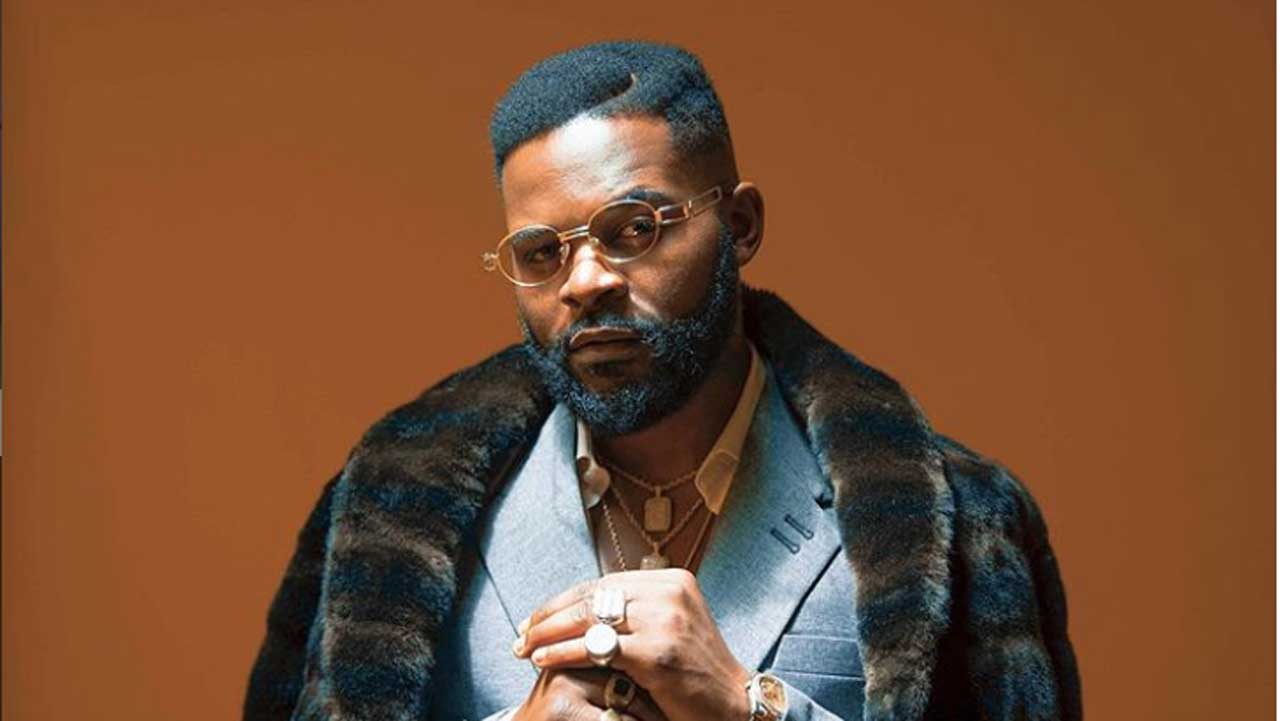The fourth edition of Sotheby’s auction of Modern and Contemporary African Art was held in its London offices this April. It included 44 works by artists from across the continent totaling £2.3 million. Of the 75 lots offered this year by the American owned company, over 90% were new to auction.
The big sell of the day went to Zebra Crossing 2 by El Anatsui, a masterwork of spatial ephemerality which sold for £1.1 million (est. £550,000-750,000) in a special year for the artist whose current retrospective, at Germany’s Haus der Kunst, is the largest ever for any black artist. Titled “El Anatsui: Triumphant Scale”, it is curated by Professor Chika Okeke-Agulu, a professor of art and archaeology at Princeton University, USA and Okwui Enwezor, the great Nigerian curator whose death in March – shortly before the exhibition opened – has received a flood of tributes from the world of contemporary African art.
Made in 2007, the triumph of Zebra Crossing 2 at this month’s auction does not reflect Anatsui’s stature and this is emphasized by Hannah O’Leary, Head of Modern and Contemporary African Art at Sotheby’s who says he is “one of the greatest artists living today in Africa and out of Africa.”
Hassan El Glaoui’s panoramic splendor of a king’s enthronement, La Sortie du Roi, was the second biggest sale at £137 500; a new auction record for the Moroccan artist who is regarded as one of the founders of modernism in North Africa. His daughter, Touria El Glaoui, is the founder of 1-54 Contemporary African Art Fair held annually in New York, London and Marrakech.
Of the eight works by Congo’s Cheri Samba offered for sale, two are titled J’aime la couleur and both are self-portraits of the artist from his “Ribbon Head Series” with the only significant difference being the dates of creation and colour choices.
One with a blue background, dated 2004, was estimated at £20 000 – 30 000 while the second, with a black background, was placed at £40 000 – 60 000 and became the third biggest sale at £93 750 on account of its rarity, especially given the artist’s voluminous output and prominence as a co-founder of the influential “Popular Painting” movement in Congo.
It is not known if other versions of J’aime la couleur exists and despite Samba’s prolificacy, there isn’t a catalogue raisonne of his works which is the case for many African artists. An annotated survey of an artist’s works requires considerable time, money and expertise and “to be blunt” says O’Leary “a lot of African artists have not been studied in these institutions and academic venues, like Oxford University, that are creating catalog raisonnes. That is changing”.
The rise in appreciation of any set of works helps to secure the substantial grants needed for such levels of scholarly attention. Market value is another important factor. A catalogue raisonne on Picasso or Monet or other artists whose works sell in the millions is very well justified says O’Leary “because that is going to be a very valuable tool every time you sell one of those paintings. If an artist is worth considerably less, then maybe it’s a little more difficult to justify such an extensive study of their work but it is needed and i do see changes afoot on that side.”
Kamala Ishaq’s Preparation of Incense – Zar Ceremony did not sell which was a surprise, considering the artist’s reputation as a pioneering member of Sudan’s art scene. O’Leary is of the belief that “in years to come, people will realise what a missed opportunity that was”. This could very well be the case. The Zar ceremony is a traditional exorcism of “evil spirits” said to possess women and the painting’s contorted mass of 11 images in levitative state, as depicted by Ishaq, is a ready draw for feminist interpretations.
Two lots – Dancing Couple by South Africa’s Dumile Feni and Untitled, New York, 1992 by Ivory Coast’s Ouattara Watts – were offered without reserve with sales starting at £100. There was some psychological thrill at play. Rather than discourage buyers who might equate the low price with regard for the artist or the work, even more bids were placed on both lots than any others in the entire sale.
O’Leary is proud of that fact that Sotheby’s represents more African countries than any other contemporary art auction, the world over. The company’s strongest sales are from buyers in South Africa as well as Nigeria which she says is “one of the more exciting countries. The market there is growing faster than anywhere else. There’s a huge appetite for art collecting in Lagos which really excites me.” O’Leary’s plans for future Sotheby’s auctions, the next of which is in October later this year, is clear and ambitious: “I want this to be a market like any other where there are many artists making over a million pounds, not just a handful”.
[ad unit=2]






